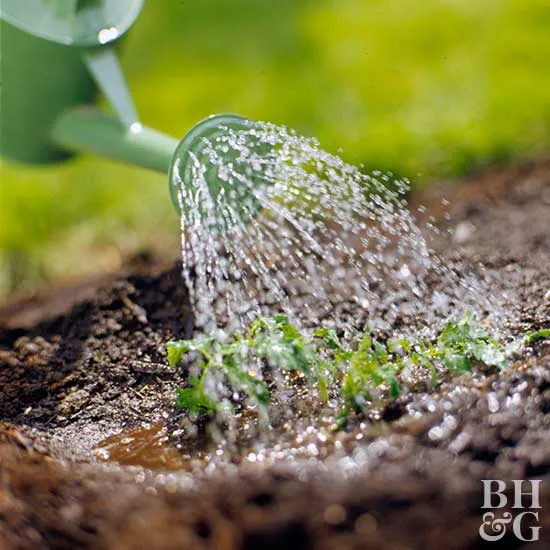Sometimes a garden is too much of a mess to be salvaged. Here are the steps to building a new bed or border from scratch.
Step 1: Mark It Out
Make your new garden the best it can be. Give it a fun shape with flowing curves, or use it to echo the lines of your house. Get it just right by laying out a hose to outline your bed. Once you have the perfect shape, mark the edges with a line of sand or flour.
Editor's Tip: Always call your local utility companies and get your yard marked before you start digging.
Step 2: Get Rid of the Grass
If you have grass growing in your new garden spot, dig it up If you have grass growing in your new garden spot, dig it up with a spade or sod cutter. Or, if you have time to wait, mow that area as low as you can, then cover it with a several-sheet-thick layer of newspaper and several inches of soil or compost. Then, wait a couple of months for the grass to die.
Step 3: Dig the Garden Bed
Now comes the digging. For how to dig a garden bed, start by removing any rocks, roots, or other debris. If you have poor soil, now's also a great time to incorporate organic matter, such as compost. Just dig it in while you work the ground.
Step 4: Edge Your New Bed
Keep the lawn from crawling into your garden with a good edge. A trench about 8 inches deep and a couple of inches wide will stop even the worst invaders from crossing. Alternatively, sink an edging material around the perimeter of your garden.
Step 5: Site Your Plants
Though it takes a little extra time, placing all your plants before you put them in the ground can make a world of difference. This allows you to get the spacing right and make sure your plants look good next to each other.
Step 6: Get Planting
When you know all your plants are in the right spots, plant them in the ground. It's helpful to loosen or tease the plants' roots before you put them in the ground, especially if they're root bound.
Step 7: Spread Mulch
Other than amending the soil, the best thing you can do to keep your new garden healthy and low-maintenance is to spread mulch. A 2-inch-deep layer of shredded wood or other material will do wonders for stopping weeds and helping your soil conserve moisture during times of drought.
Step 8: Water It In
Once your bed is planted and mulched, give your plants a good soaking. If your mulch is dry, it may absorb some water before your plants can. Soak dry mulch well to make sure your plants get enough moisture.




















